It wasn’t one single eureka moment that led to the invention of air conditioners. It looks like many inventive minds dreamed up the idea, often simultaneously, and for different reasons. Without wading into the ‘who first’ controversy, here’s raising a toast to all those pioneers.
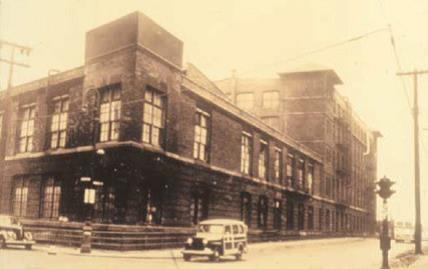
Sackett Wilhelms Lithographing and Publishing company
No, air conditioners, as we know them, didn’t get invented in one of the world’s hottest regions. They allegedly came into being in New York City. But why? Thereby hangs a tale. And “allegedly” is the operative disclaimer here.
The story goes that the Sackett Wilhelms Lithographing and Publishing Company in Brooklyn, New York City, had a problem: The papers at the printing plant would contract and expand due to seasonal atmospheric fluctuations all through the year. Especially, the summertime high temperatures and humidity would warp the paper. Also, the paper absorbed moisture from the air, leading to the misalignment of coloured inks, making them “bleed”.
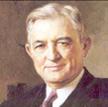
Willis Haviland Carrier
In 1902, Willis Haviland Carrier, with a master’s degree in Engineering from Cornell University, and working for the Buffalo Forge Company, was apparently called in to find a solution. He figured what was needed was climate-controlled cool, dry air, and promptly set out to design a machine, which blew air over artificially cooled pipes to remove moisture from the atmosphere. This was later called “Apparatus for Treating Air” (US Patent Number 808897, granted in 1906). Carrier’s device is widely regarded as the first modern air conditioner.
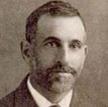
Alfred R Wolff
[div class=”text-box text-box-left”]
If the concept of cooling the atmosphere/objects began way back, what about all the framed patent certifications hanging on the ego walls of others making competing claims? A patent generally refers to a concept turned into a workable device/application. It’s not proof of first hitting on the concept. Many ideas may fall on the wayside, only to be picked up and given shape by someone else. Also, patents themselves are not set in stone. They can be challenged if prior existence of a blue print/device can be produced. Also, air conditioning, not to mention refrigeration, has evolved and is evolving incrementally over the years. As stated at the very outset, there’s no one eureka moment.
[end-div]
In the same year, 1902, apparently unbeknownst to Carrier, Alfred R Wolff, a consulting engineer, had come up with air-cooling systems to cool the Carnegie Hall in New York City, as also, later, other buildings in the city. It was a ventilation system with blocks of ice and steam-powered blowers. A decade later, he designed a cooling system for the dissecting room of Cornell Medical College. In fact, it was a refrigeration unit that circulated a brine solution via pipes, with air blowing over them to keep the cadavers from decaying. Finally, living medicos got wise to the device’s other obvious use – keeping themselves cool in summer.
However, prior to this, refrigeration engineer, Gardner T Voorhees was said to have cooled his Boston offices for many years, apparently ushering in comfort cooling. He was supposed to be in charge of the refrigeration plans for the St Louis World’s Fair of 1904. Voorhees drew up plans to cool the fair’s bureau office in a bid to showcase the efficacy of keeping the occupied space cool and attracting more participants.
[div class=”text-box text-box-right”]
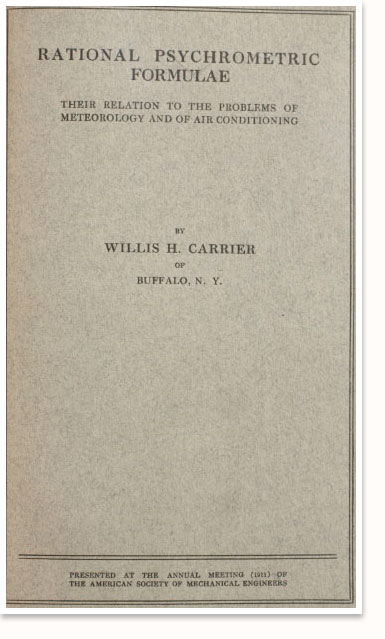 On December 8, 1911, at the annual meeting of the American Society of Mechanical Engineers, 35-year-old Carrier presented a paper, entitled rationale Psychrometric Formulae. regarded the “Magna carta of Psychrometrics”, and the culmination of his work in the field of air conditioning, the document “helped determine the precise correlation between temperature and humidity to create a comfortable environment year-round”. He being invited to the meeting also implicitly recognised air conditioning as a formal branch of engineering.
On December 8, 1911, at the annual meeting of the American Society of Mechanical Engineers, 35-year-old Carrier presented a paper, entitled rationale Psychrometric Formulae. regarded the “Magna carta of Psychrometrics”, and the culmination of his work in the field of air conditioning, the document “helped determine the precise correlation between temperature and humidity to create a comfortable environment year-round”. He being invited to the meeting also implicitly recognised air conditioning as a formal branch of engineering.
On December 8, 2011, Carrier, the company, marked the 100th anniversary of the document. On the occasion, John Mandyck, Chief Sustainability Officer, UTC Climate, Controls & Security Systems, claimed, “Dr Carrier’s development of the psychrometric formulae unlocked the potential of air conditioning for the world.”
And oh, Carrier left Buffalo Forge in 1915 to form Carrier Engineering Corporation! That was 100 years ago.
Source: http://www.carrier.com/
[end-div]
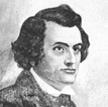
Dr John Gorrie
Predating this, in 1842, Dr John Gorrie, a physician who practised in Florida, realising the curative effects of cool air in the treatment of malaria, is said to have built a mechanical device that used an air-cycle method of cooling air in hospital sickrooms – blowing air over buckets of ice, much as ancient Egyptians did. He, however, used compressor technology to create ice. Incidentally, malaria means “bad air”.
Dr Gorrie’s “Cold Air Machine” earned him a patent in 1851 – Patent Number 8080. Armed with this, he envisaged his device becoming a household name, literally, to cool homes for better health and comfort. But unfortunately, his idea was way ahead of its time. The doctor who surmised that controlling heat and humidity would curb bacterial growth, and found a way to do it, found no backers for the commercial production of his device. He is said to have died a heartbroken man. But he’s regarded a pioneer in the field of refrigeration for inventing ways to artificially manufacture ice.

Benjamin Franklin
But hang on. In 1758, Benjamin Franklin and Professor John Hadley of Cambridge University conducted a breakthrough experiment based on the principle of evaporation as a means to rapidly cooling an object. Ergo, they discovered that the evaporation of highly volatile liquids – for example, ether – could be used to reduce the temperature of an object way below the freezing point of water. And the first concept of air conditioning itself was developed by Michael Faraday, the well-known British scientist, who in 1820 discovered that compressing and liquefying ammonia, when allowed to evaporate, could chill the air.
Well, this’s just the tip of the iceberg, both literally and metaphorically. We’ll keep chipping away at it.
REFERENCES (IMAGES):
http://thermairsystems.com/older/imgs/2011/10/100-Years-of-AC-June-2002.pdf, the following article was published in ASHRAE Journal, June, 2002. © Copyright 2002 American Society of Heating, Refrigerating and Air- Conditioning Engineers, Inc.
http://www.hevac-heritage.org/electronic_books/comfort_AC/20-CAC-A1-pioneers.pdf
http://www.williscarrier.com/m/1903-1914.php
The writer is the Associate Editor of Climate Control Middle East. She can be reached at pratibha@cpi-industry.com
Copyright © 2006-2025 - CPI Industry. All rights reserved.